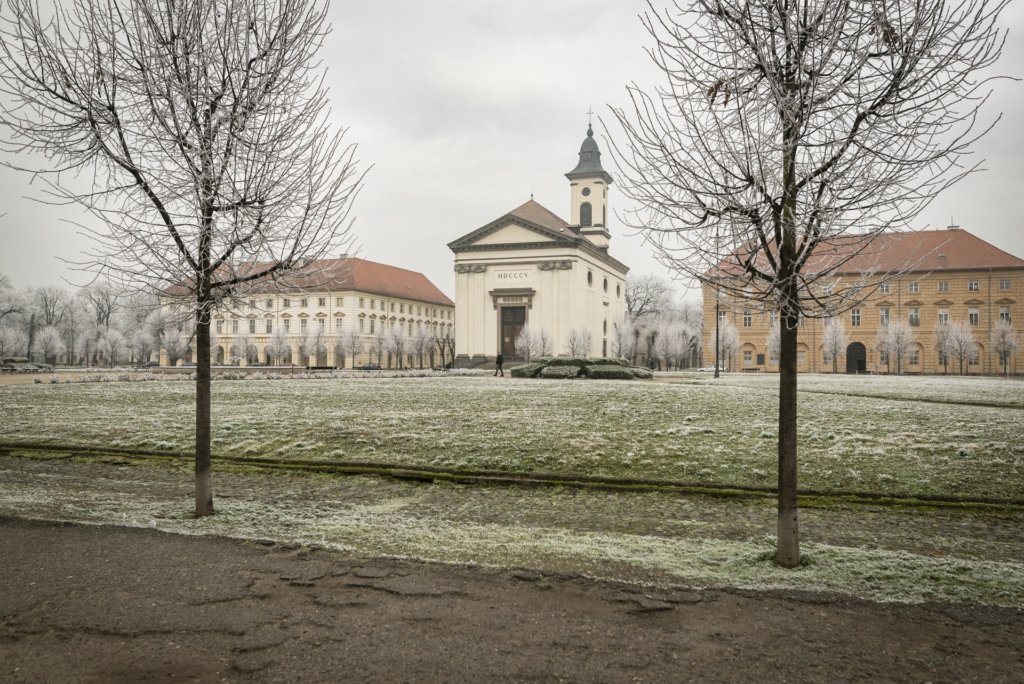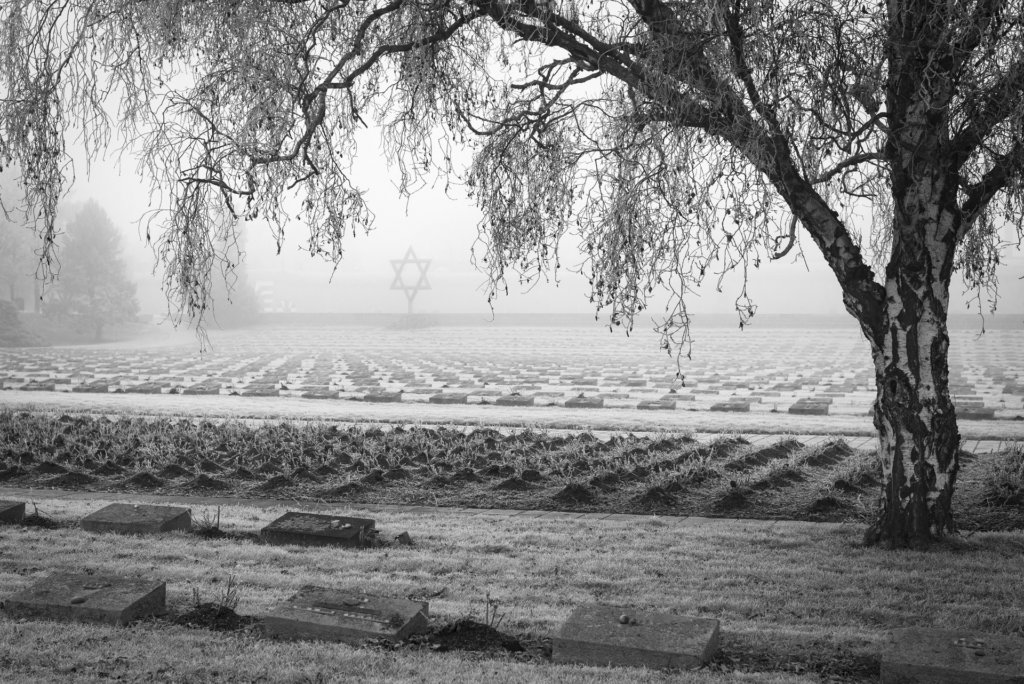Theresienstadt was built between 1780 and 1790 as a fortress and garrison town by and for the Austro-Hungarian military in northern Bohemia. After the Czech Republic was occupied by the German Reich, the entire city was set up at the end of 1941 as a ghetto, or rather as a concentration and transit camp, initially for the Jewish population of Bohemia and Moravia, and later for Jews from Germany and Western Europe. The immediately adjacent ‘Small Fortress’ served between 1940 and 1945 as a concentration camp-like prison for the german Secret State Police.
At times, the Theresienstadt concentration camp was staged by National Socialist propaganda as a model ghetto. A documentary film was even made in 1944 and an international Red Cross delegation visited the ghetto. The ‘Jewish self-government’ instituted by the Germans was subordinate to the SS camp command and had only the slightest scope to influence the intolerable conditions in the camp.
During the entire existence of the camp, a total of over 140,000 people were imprisoned in Theresienstadt, including many children and the elderly. More than 38,000 of them died in Theresienstadt, and almost 90,000 were deported to the death camps of Auschwitz, Majdanek and Treblinka and murdered there.
For further historical information I recommend the website of the Israeli memorial Yad Vashem.
After several stays in Auschwitz, I also tried to approach this place of horror photographically. Theresienstadt is home to several memorial sites and museums. After the end of the Second World War, some of the former Czech residents who were expelled when the ghetto was established returned to the city. It’s hard for me to imagine everyday life in this place, as even as a visitor you can feel the dark shadows of the past at every turn.

